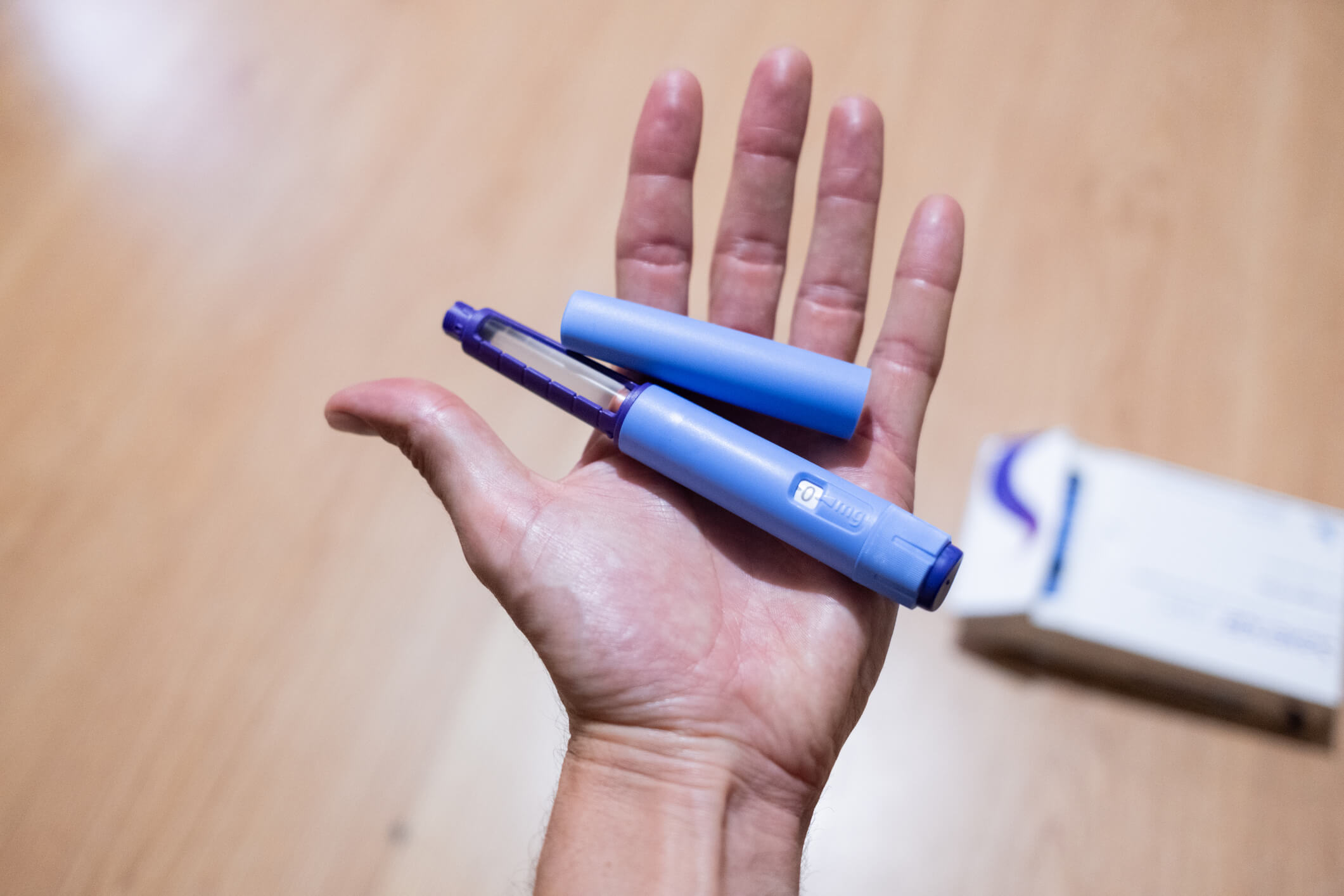
Learn about dementia with Lewy bodies and how it differs from Alzheimer’s disease.
The most common cause of major neurocognitive disorder (the new term for what physicians had previously called dementia) is Alzheimer’s disease; however, about one-third of older adults with dementia have a different condition.
How Common is Lewy Body Dementia?
After Alzheimer’s, Lewy body dementia or dementia with Lewy bodies is one of the most frequent causes of dementia, affecting some 1.3 million Americans. To put this in perspective, Alzheimer’s affects about four times as many older adults. LBD usually can begin between ages 50 and 85 and typically becomes clinically apparent during a person’s mid-to-late 70s. The disease usually runs its course over about 6 years.
What Are Lewy Bodies?
The microscopic findings in brain tissue from people with Lewy body dementia are different from those in people with Alzheimer’s. The important distinction is that in Lewy body dementia there are small “Lewy bodies” inside the brain’s cells. These Lewy bodies are neither plaques nor tangles, but rather synuclein, the same protein found in brains of people with Parkinson’s disease. The clinical disease of Lewy body dementia reflects the widespread distribution of Lewy bodies, which are especially dense in parts of the brain most specialized for movements, memories, reasoning, and emotions.
- Learn more about Alzheimer’s and Parkinson’s disease
Symptoms
Similar to people with Alzheimer’s, those affected by Lewy body dementia develop cognitive difficulties that can include problems with memory and reasoning. Executive function and visuospatial cognition are prominently affected as well. Social and occupational functioning are affected to such a degree that, ultimately, the patient must depend on others for basic care. Unlike Alzheimer’s, a person with Lewy body dementia shows symptoms that resemble Parkinson’s disease: muscle stiffness, rigidity, and tremor. Other characteristics that differentiate Lewy body dementia from Alzheimer’s include disturbances of autonomic function, resulting in changes in blood pressure, temperature, and digestion; fluctuation of cognitive status so that there are very good days and very bad days; fainting and falling; and intense visual hallucinations. Depressed mood, too, is common among those affected by Lewy body dementia and may represent not only a psychological reaction to this devastating disease but also a neurochemical consequence of its pathology.
In some cases, the onset of Lewy body dementia is preceded by a remarkable and potentially dangerous disturbance of sleep called REM Behavior Disorder. Unlike people who sleep normally and whose muscles remain quiet during dreams, those with this disorder can act out their dreams because their muscles remain active like those of an awake person. This activity can have dangerous, even life-threatening consequences when an affected person strikes a bed partner or hurls himself out of bed while still asleep. This sleep disorder is not characteristic of Alzheimer’s.
Medications
Lewy body dementia, as you can see, can produce some severe behavioral changes. In people with Alzheimer’s, behavioral symptoms that threaten a person’s safety or the safety of others may be treated with antipsychotic medications (although this is controversial and only one of the available options). Perhaps because Lewy body dementia shares pathological and clinical features with not only Alzheimer’s but also Parkinson’s disease, physicians see a response to the high-potency antipsychotic medications in Lewy body dementia that is toxic and even dangerous, similar to the reaction that a person with Parkinson’s disease might have to these antipsychotic medications. The person with Lewy body dementia who receives even a small dose of a high-potency antipsychotic medication (such as haloperidol, aripiprazole, olanzapine, or risperidone) can become profoundly stiff, sedated, and more confused and agitated. Some lower-potency antipsychotic medications, such as quetiapine or, in some cases, clozapine, may be safer. A new, non-dopamine-blocking antipsychotic named pimavanserin has recently been approved for the treatment of Parkinson’s Disease Psychosis and is in testing for use with Lewy Body Dementia patients at this time. Other medications, such as serotonergic antidepressants, provide additional and perhaps safer alternatives for treating these patients’ non-cognitive symptoms.
Special Concerns for the Caregivers
Caregivers of people with Lewy body dementia are stressed in many of the same ways as Alzheimer’s caregivers. The cognitive decline, decreasing functional capacity, and non-cognitive disturbances are every bit as stressful. In addition, though, Lewy body dementia patients can present special concerns because their ability to function changes from day to day. Their falls and hallucinations add further stress and risk. Their response to cognitive enhancers such as cholinesterase inhibitors or memantine can be as good as that of Alzheimer’s patients, so their use should be considered.
A Clear Diagnosis Is Important
Cost-conscious observers of health care point out that our treatments for major neurocognitive disorders are limited in their scope and only modestly effective. Knowing the cause of cognitive disorders will be of greatest value, they point out, once we have very specific treatment approaches for different diseases. In the case of Lewy body dementia, knowing the diagnosis is of great value because it may alert clinicians to the potentially hazardous effects that might be produced in Lewy body dementia patients by high-potency antipsychotics, a class of medications still often used (despite recognition of their limited benefits and potential adverse effects) to treat behavioral disturbances in Alzheimer’s. For this reason, even if for no others, identifying Lewy body dementia is already a very worthwhile endeavor. In time, diagnostic clarity should become even more valuable as future treatments are developed to target Lewy body dementia specifically.
More Information
A specialized source of information and support is the LBD Association, and their online caregiver community is available through their website. Finally, the National Institute on Aging provides helpful information on LBD for patients, families, and caregivers.
About BrightFocus Foundation
BrightFocus Foundation is a premier global nonprofit funder of research to defeat Alzheimer’s, macular degeneration, and glaucoma. Since its inception more than 50 years ago, BrightFocus and its flagship research programs—Alzheimer’s Disease Research, Macular Degeneration Research, and National Glaucoma Research—has awarded more than $300 million in research grants to scientists around the world, catalyzing thousands of scientific breakthroughs, life-enhancing treatments, and diagnostic tools. We also share the latest research findings, expert information, and resources to empower the millions impacted by these devastating diseases. Learn more at brightfocus.org.
Disclaimer: The information provided here is a public service of BrightFocus Foundation and is not intended to constitute medical advice. Please consult your physician for personalized medical, dietary, and/or exercise advice. Any medications or supplements should only be taken under medical supervision. BrightFocus Foundation does not endorse any medical products or therapies.
- Other Dementias








